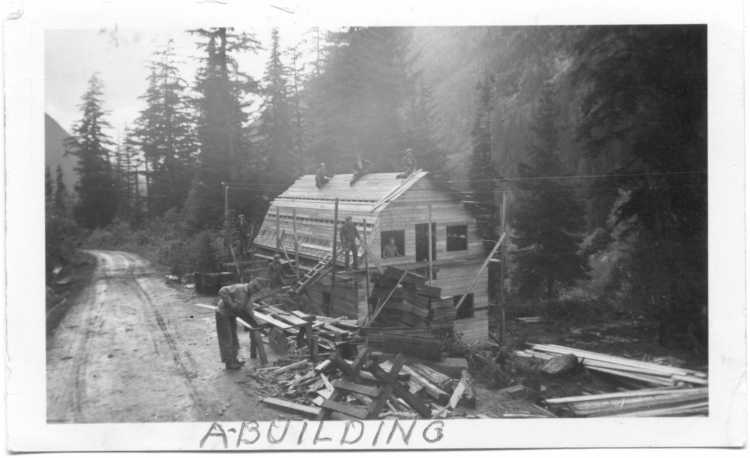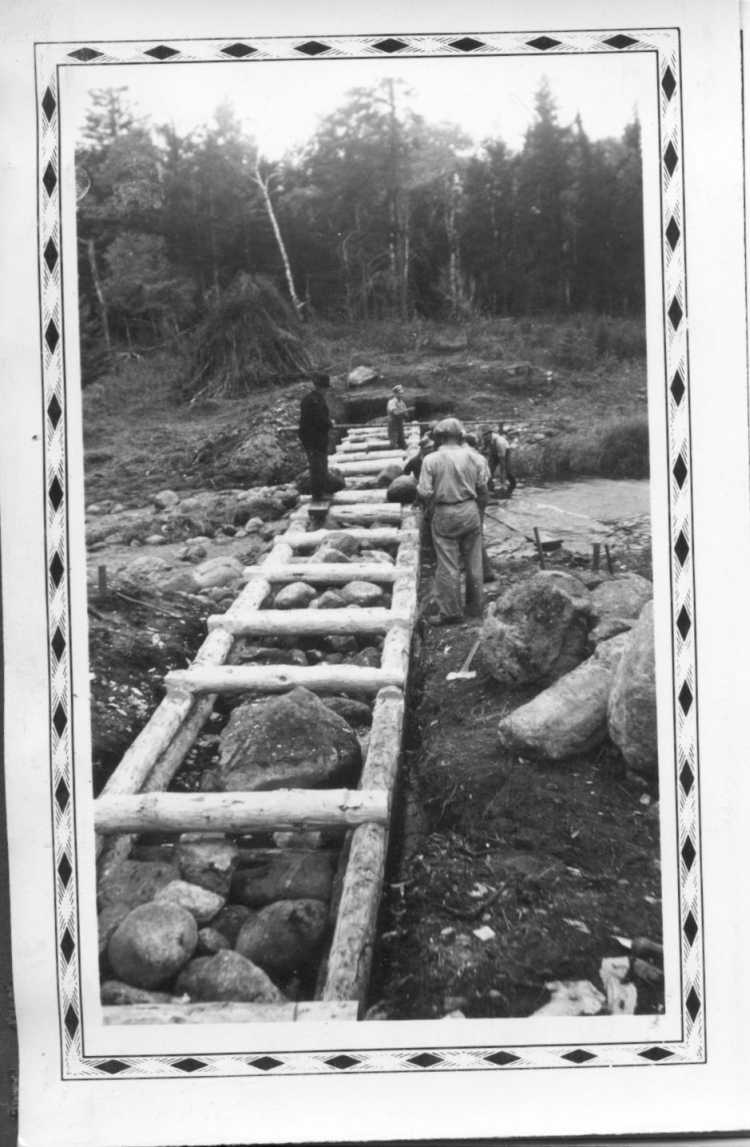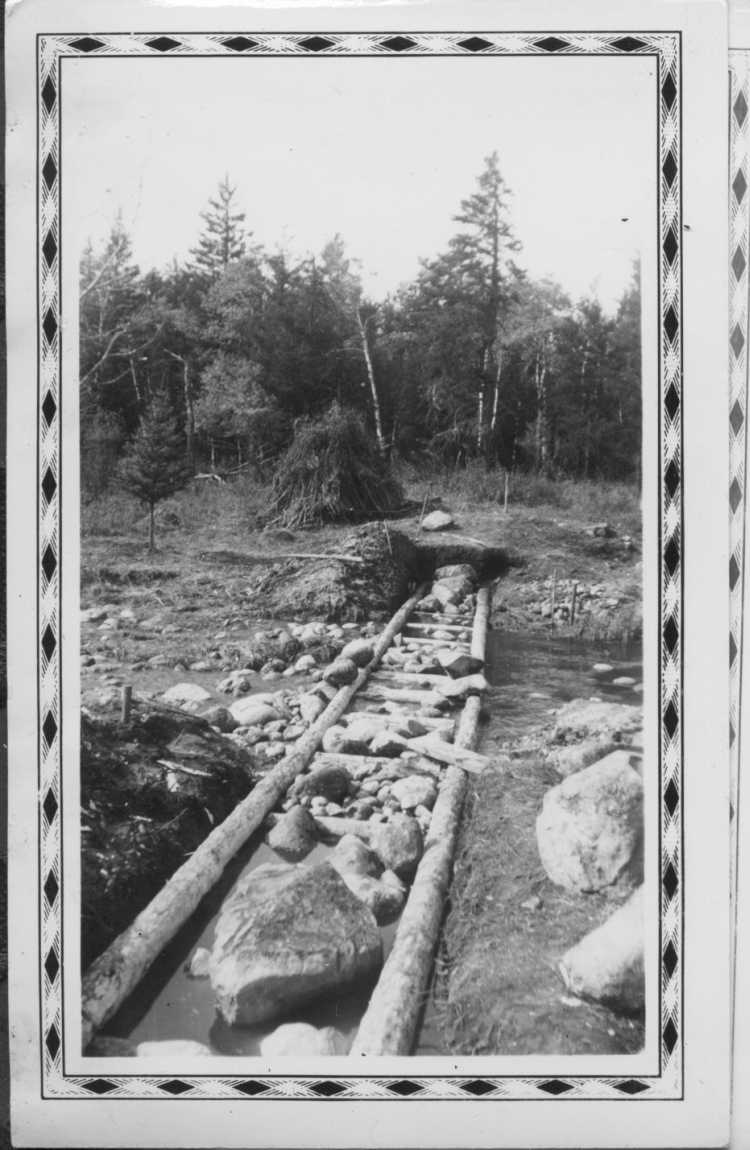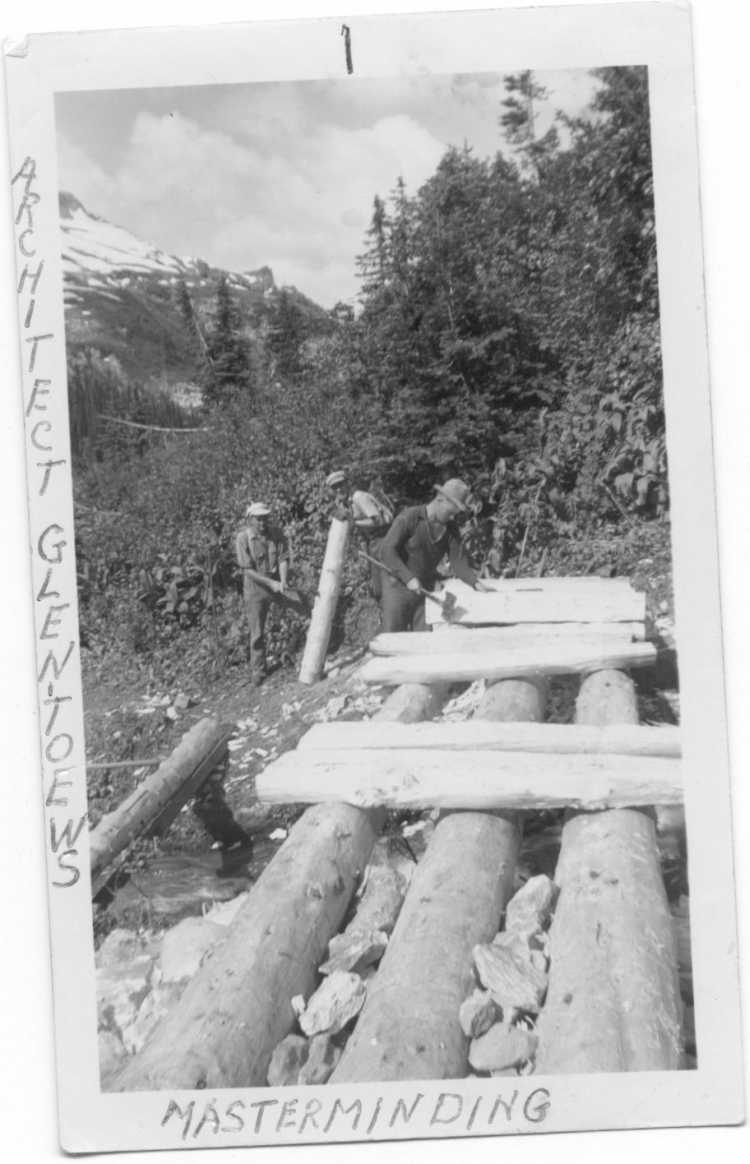Back to Work Page
Conscientious
objectors wanted to do work of national importance. Although their
faith prevented them from serving in the military, COs hoped to
do non-military work that would benefit the whole country. For this
reason, the government sent many COs to national parks. National
parks reflect the value Canadians place on the conserving the environment.
These parks allow the public to enjoy nature unspoiled by civilization.
Many COs felt that the work they did in the national parks was not
of real national importance. Bill Waiser, the author of a history
on western Canada's national parks, disagrees.
He
writes that Parks Canada underwent a tremendous expansion during
the Second World War to take advantage of the rise of the automobile
and tourism. The parks needed development so that Canadians could
enjoy them. “National parks,” Waiser writes, “were like any other
natural resource and existed to be utilized for their scenery and
recreation. Otherwise, their true value to Canadian society and
the economy would never be realized.”
Although
some of the work the COs did may have seemed purposeless at that
time, after the war many Canadians enjoyed the fruits of their labours.
Daniel Loewen [MHC, 1015-31], for example, remembers a beautiful
lake in Jasper National Park. The problem was, it wasn't accessible
to tourists. The COs built a six mile stretch of road to the lake
so that everyone could use and enjoy it.
 |
 |
 |
| Building the Warden's new barn. |
COs building a dam at Clear Lake, Riding Mountain National
Park. |
The finished dam at Clear Lake, Riding Mountain National
Park. |
One
small contribution to Riding Mountain National Park in Manitoba
was the creation of a lake. Erwin Giesbrecht worked on this dam
building project .
“Time
seemed to go a little faster now that we were finished with the
monotonous job of cleaning ditches. One day we all headed west
for four miles through the bush. We came to a shallow lake that
needed a dike across its mouth to deepen the water, hoping they
could stock it with fish.
“Big,
long trees were cut and peeled. Two rows of logs were tied together
every four feet and filled with stones. From the inside 1 x 4s
were nailed on the frame to make it watertight. The slats were
sharpened so they would go in easier. I was to swing the hammer
over my shoulder, full arm's length, so a few smacks would have
the 1 x 4 fixed to where it should be. I pitied the guy who had
to sit on the ground and push the slat against the log frame.
Should I miss, what then? I hardly cared to handle the hammer,
but you were not to ask questions. I sighed a prayer that the
day would go by without my being involved in an accident. At one
time Brooks [the supervisor] came really close and kept time.
For every time the hammer landed on the slat, he had a fancy bush
word. I did not mind so much because at that time, for once, he
did not knock me, rather the opposite. He encouraged me to go
as fast as possible.” [ASM, 75-93]
Though
the building of a dam or the clearing of ditches in the national
parks probably did not inspire the COs, the park officials knew
the true value of their work. John C. Klassen, a CO who worked on
the Moon Lake dam building project, notes that the park “had been
badly neglected since the outbreak of World War II.” [ASM,
23-29] The COs gave it some much needed attention. Waiser writes
that the park officials “fought for continued access to the
men.” They were unhappy when the BC Forestry Service drew many COs
away from the national parks. Still, the work the COs did in the
national parks contributed to Canada's economic boom after the war.
Waiser
sums up the effect of COs in the national parks:
“In
the late 1940s, moreover, when Canadians started to visit national
parks in unprecedented numbers, trying to put behind them the
dark days of the war and its many sacrifices, they enjoyed facilities
that had been developed, improved, or maintained by men who had
refused to take part in the military campaign.”
 |
 |
 |
| COs working on a dam at Clear Lake, Riding Mountain National
Park. |
Dam building in progress at Clear Lake, Riding Mountain
National Park. |
Architect Glenn Toews masterminding the building of a bridge.
|
Back to Work Page
|


